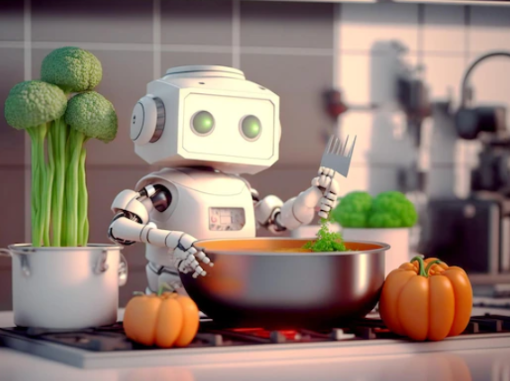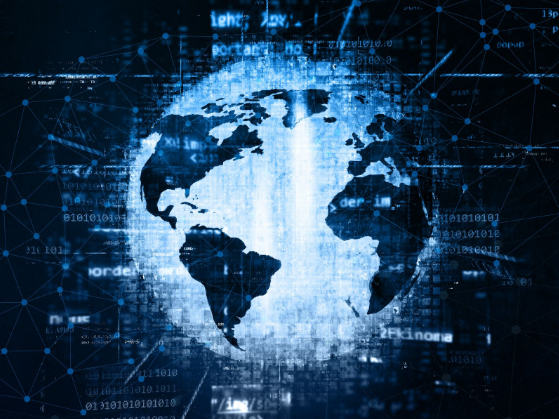Solving Hard Things: How Medifé Built Stable Telehealth Services Amid a Global Crisis
Telehealth as a Strategy


Solving Hard Things: How Medifé Built Stable Telehealth Services Amid a Global Crisis

Automation and artificial intelligence (AI) are creating more jobs than they are replacing. By 2025, it is expected that 97 million new jobs will be created, surpassing the 85 million workers projected to be replaced. The demand for roles such as data analysts, AI and machine learning experts, data scientists, and synthetic data builders is constantly growing. Additionally, AI is driving hybrid work, where machines handle repetitive and dangerous tasks, allowing humans to focus on higher-value activities.

Vertical farms allow for sustainable and efficient crop production. Robotic technology and artificial intelligence are key in this process, optimizing everything from monitoring and planting to harvesting. The adoption of robotics in vertical farming will continue to grow, as it can address most challenges and improve the entire crop growth cycle.

Voice recognition has advanced from interpreting just numbers to being used across various industries and devices. A voice assistant market worth $31.82 billion is expected by 2025. Voice-controlled devices in smart homes and the integration of artificial intelligence are revolutionizing automation and personalizing experiences.

The new generation of robots in the culinary world uses IoT sensors and artificial intelligence to perform tasks in the kitchen efficiently. These robots can help address staff shortages, reduce food waste, and improve the customer experience. Examples include an autonomous AI system that automates cooking, a barista robot that prepares up to 400 cups of coffee, and a robot that fries chicken wings, increasing food production speed. The food industry is experiencing technological advances, and more complexity is expected in data management and training to program the robots.

Industries are adopting technology and data management to generate even more value in their business models, and the oil and gas industry – especially service stations – is no exception.

The agricultural sector has the opportunity to advance towards efficiency and sustainability by leveraging digital technologies. The use of Big Data, cloud data processing, satellite imaging, and IoT technologies such as sensors, autonomous vehicles, and drones can improve decision-making, increase efficiency in irrigation and livestock management, reduce waste, and contribute to sustainability. Digital technologies also allow for monitoring greenhouse gas emissions and provide supply chain transparency through Blockchain. Adopting these technologies offers competitive advantages in the agricultural market.

Big Data refers to large volumes of complex data that cannot be processed by traditional software tools. It is characterized by the three V’s: Volume, Velocity and Variety. Small Data is a subset of Big Data, referring to smaller and more easily accessible data. The term Big Data emerged in the 1980s with the massive growth of the internet and the increase in generated data. However, the perception of whether it is manageable or not depends on the context and human capacity to process it. Starting with Small Data can be an initial step into the world of Big Data, especially in commercial or production areas, as it provides gradual learning and training.

In a data science strategy, the precise definition of the problem is crucial. Asking the right questions enables us to obtain insights, predictions, and useful knowledge for businesses in a big data environment. It is important to involve all stakeholders within the organization and use direct methods to frame the problem, integrating perspectives from different areas. Collaboration between data scientists and business users is fundamental to the success of the project.

The use of IoT and wearables in golf is revolutionizing the industry. Devices like smart golf clubs and sensors connected to the player’s glove analyze and improve the swing, offering instant feedback and personalized training programs. Additionally, real-time data tracking, such as the distance the ball travels, promotes competition and enhances the game. Overall, IoT makes golf more precise, professional, and appealing to all generations.